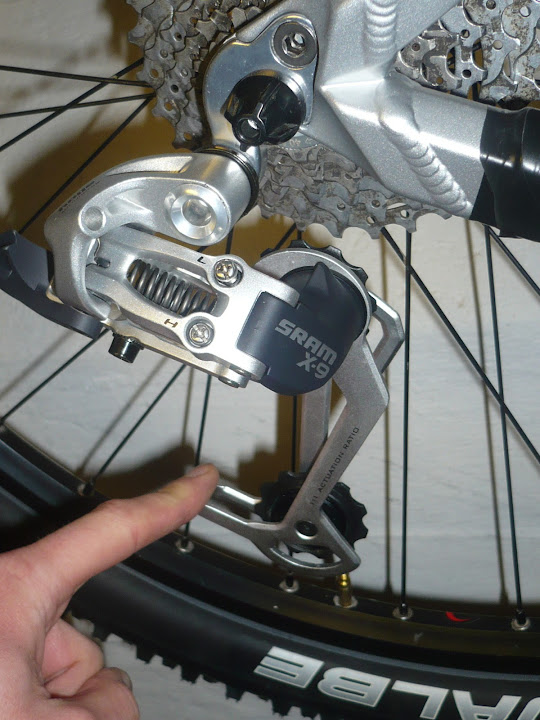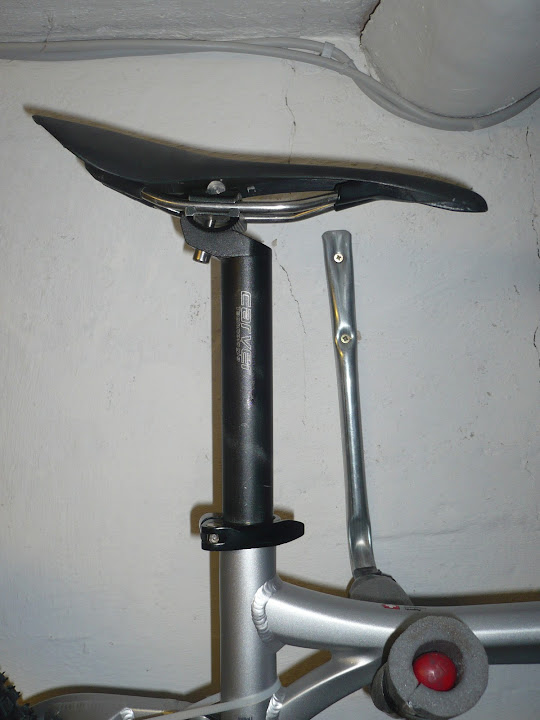oversampling and upsampling Anyone with CD player employed or other digital sources or DA converters is constantly confronted with the terms "oversampling" and "upsampling". But what is it anyway?
would be a translation:
- Over Sampling - oversampling, eg 2x, 4x or 8x
- upsampling - higher sampling, know as 96kHz or 192kHz
probably now still not many. Therefore, a brief introduction to the special features of digital signal processing.
What is digital?
Digital can only describe the magnitude of the voltage values of an envelope (eg music) to a specific time. This means that the analog signal are taken at different points in time "sample." These times are then later being "connected". The "frequency" of sampling is described by the sampling rate. A vibration is, easier than from a positive and a negative part. To describe them digitally, you must have at least 2 "samples" are taken.
The sampling rate
The human ear perceives frequencies from 20Hz to 20KHz was. To audio frequencies up to 20kHz represent digitally, the sample rate must be at least double, so be 40kHz. The 44.1 kHz CD today are only slightly above the minimum value, which is a problem which is different from the analog to digital conversion and digital / analog conversion plenty höhenfrequente disorders. These "artifacts" were in the original signal is not present, and must of course be filtered out. When the sampling rate of 44.1 kHz, the first disorders are already at 24.1 kHz (44.1 kHz - 20 kHz) on.
Analog Filter
To filter out the noise again must be installed after a filter change. A low pass filter must be one hand, the 20kHz audio frequency can still unscathed, from 24.1 kHz but lock up. With analog filter 9 to 11 Order is possible, but are made on the tolerances of components and their long-term stability of extreme requirements. instead of passive LC filters are active RC filter is selected, then the operational amplifiers used must also satisfy extreme requirements with respect to cut-off frequency and phase linearity. Neither is practical. One solution offered by the digital filtering using oversampling.
Digital Filters
The clock frequency from the digital filter is increased as a factor of 8 (8-times oversampling). The disturbances or artifacts are of course also increased by this factor in the frequency, then this factor are thus more useful signal from the "removed", and can now be relatively easy to filter out digital. To eliminate the last disturbance, and especially the noise almost completely, now extends into the analog output stage of a rule, a simple low pass. The above-described problems of the analog filters, digital filters, since the filter parameters are defined as numerical constants that were purely digital written in a ROM memory.
The unit dB (decibels)
The unit dB is a logarithmic ratio and indicates the level difference between the softest, barely audible and the loudest sound.
mean Translated
- -20dB attenuation to one-tenth (or 10%)
- -40dB attenuation to one percent (or 1%)
- -60dB attenuation to one thousandth (or 0.1%)
of original level. can convert back
oversampling
It is because the band limiting a digital playback medium without interference, the data in analog oscillations, oversampling is used in practice in principle. The difference is then the rate (oversampling rate). High quality equipment set to 8-times oversampling, is delivered regardless of the rate at which the digital signal. After all, should the DA converter only do you hear what was actually stored on the media as music, not the artifacts caused by force by the digital-analog conversion. The over-sampling takes place only in the digital filter, not in the true DA converter.
upsampling
Now it does not need much explanation. The upsampling occurs before the digital filter, the 8-times oversampling is then exactly as stated without upsampling, only the clock rate of 96kHz or 192kHz signal already. Therefore, the DA converter to work on the boards very good producer with 768-fold or even 1536-fold data rate regardless of the clock speed of the incoming data / signals. In addition, the digital data when upsampling principle be extrapolated to 24 bit. This will indeed produce from 16-bit data no real 24-bit data, but the DA converters with this process by up to 20 dB less interference, so that particularly soft information that is encoded with perhaps only 1-2 bit to arrive, according to estimates even less accurate. A more detailed re-conversion of the data is simplified so strong, and the already low noise components in the audio signal will be even less. In addition, the asynchronous Upsampeln (from 44.1 to 96kHz or 192kHz, for example, and not to 88.2 kHz or 176.4 kHz) to reduce the jitter of the original signal significantly. But even this possibility can turn a bad signal no good, so that is still worth investing in a good CD drive. For what can not the source of supplies, even the best DA converters do not walk!
texts in collaboration with audio paths Partners.













